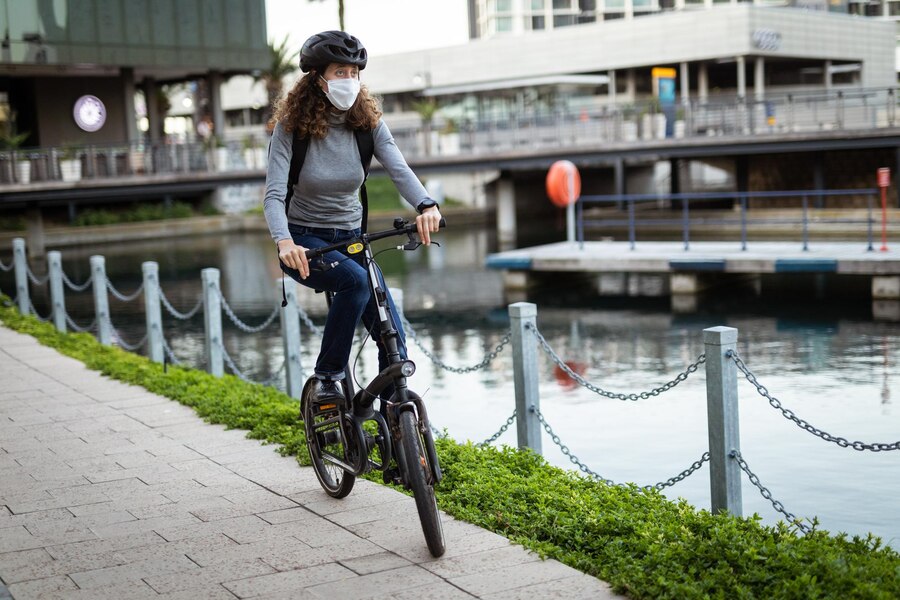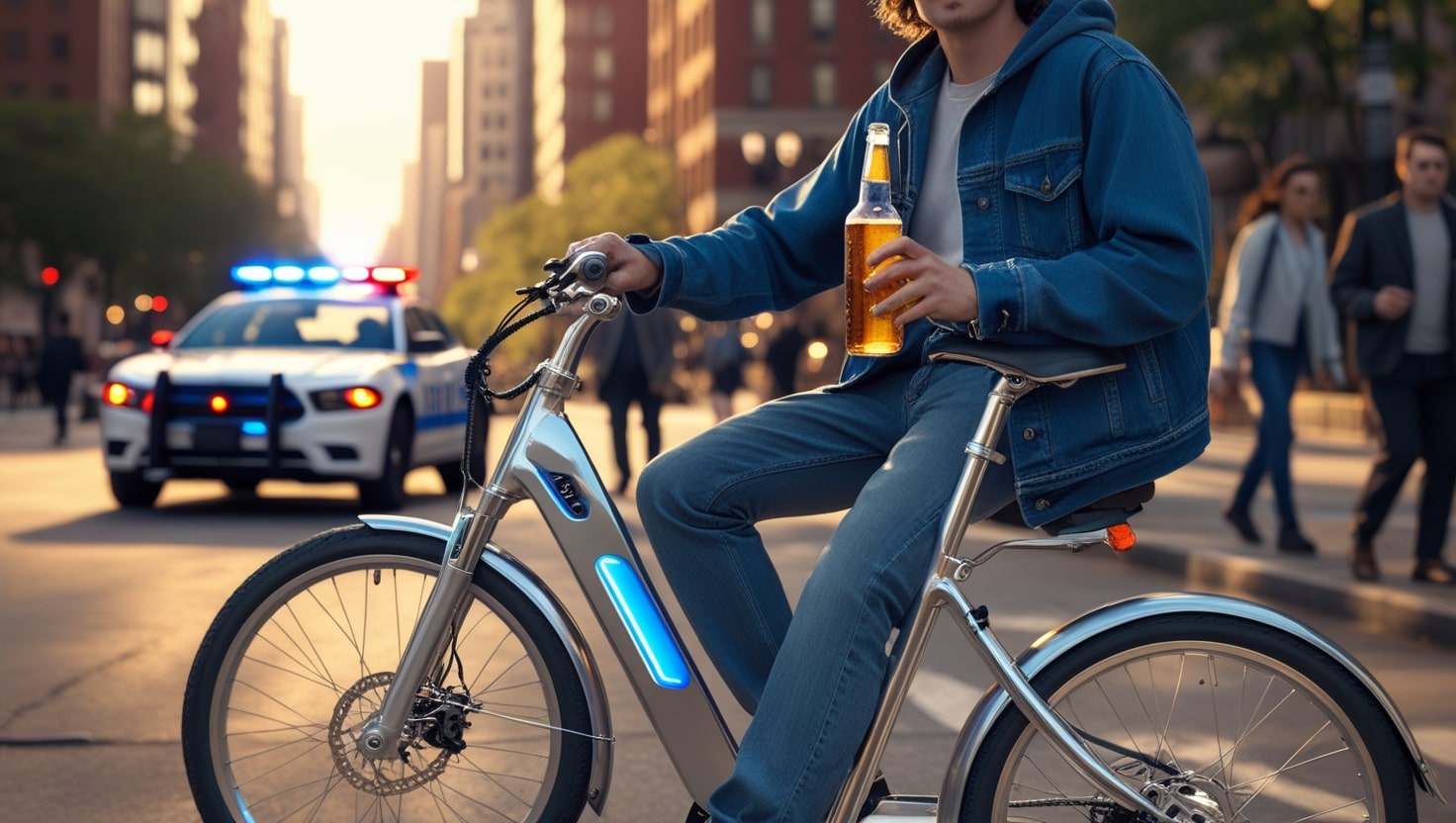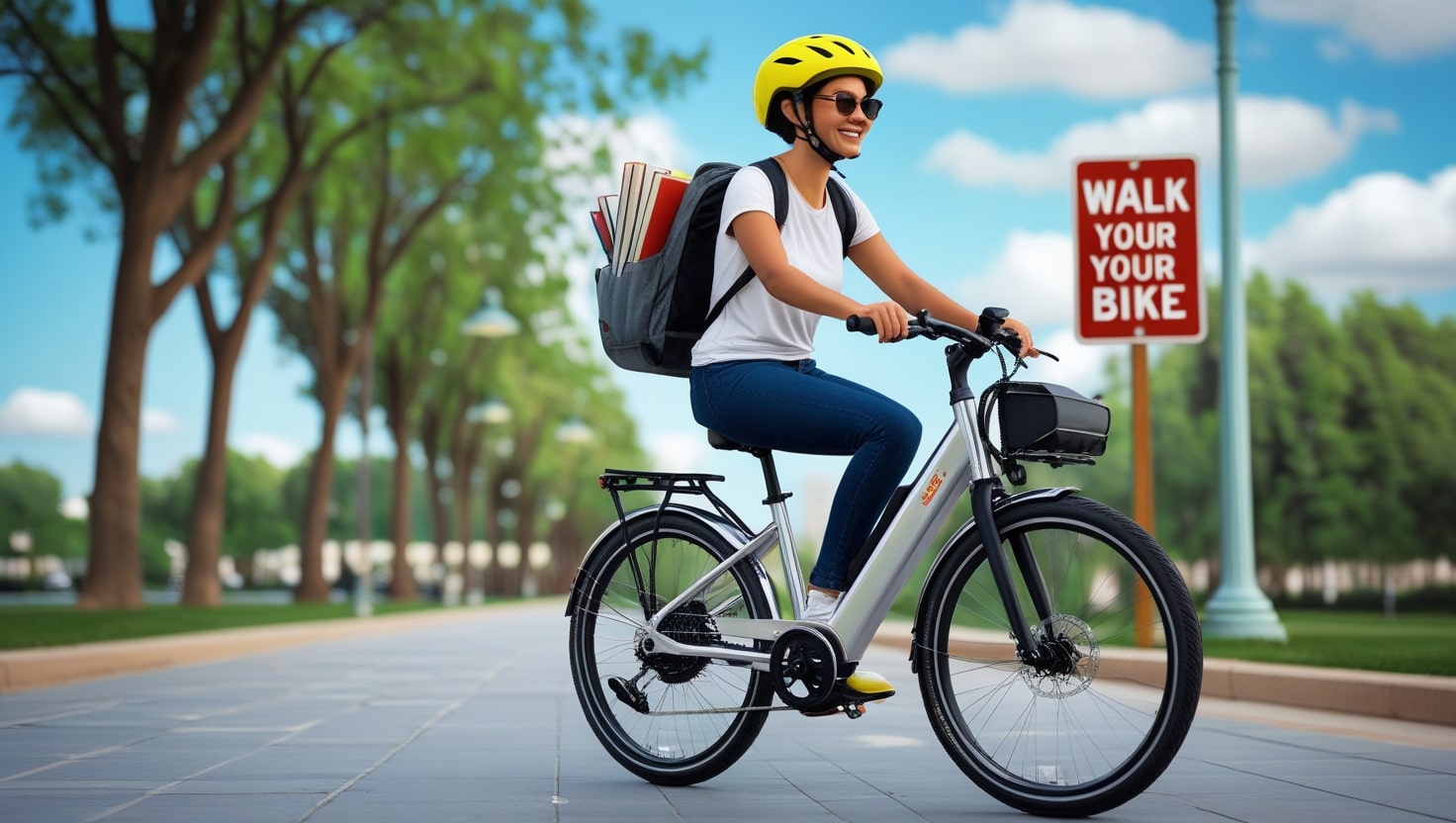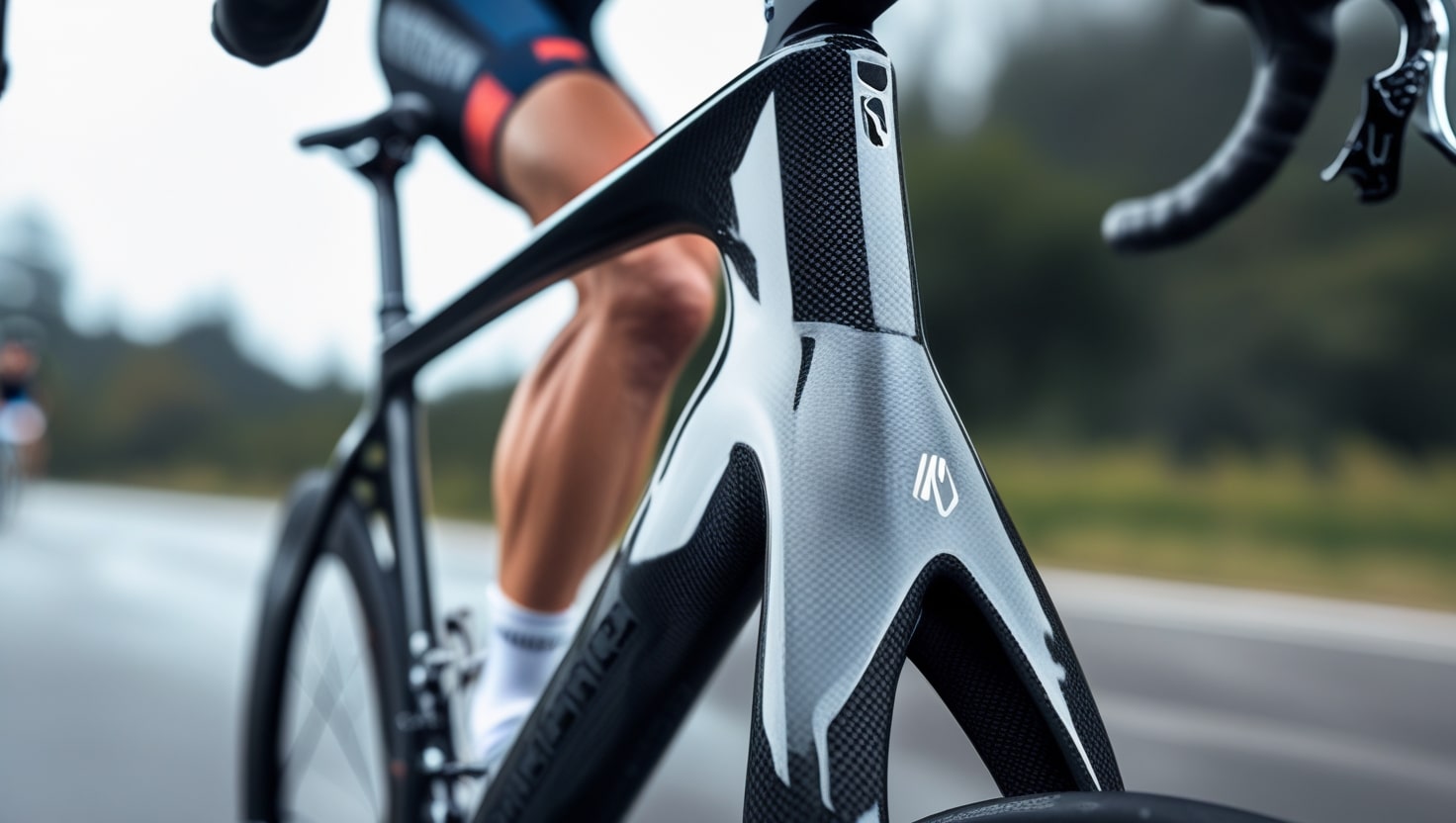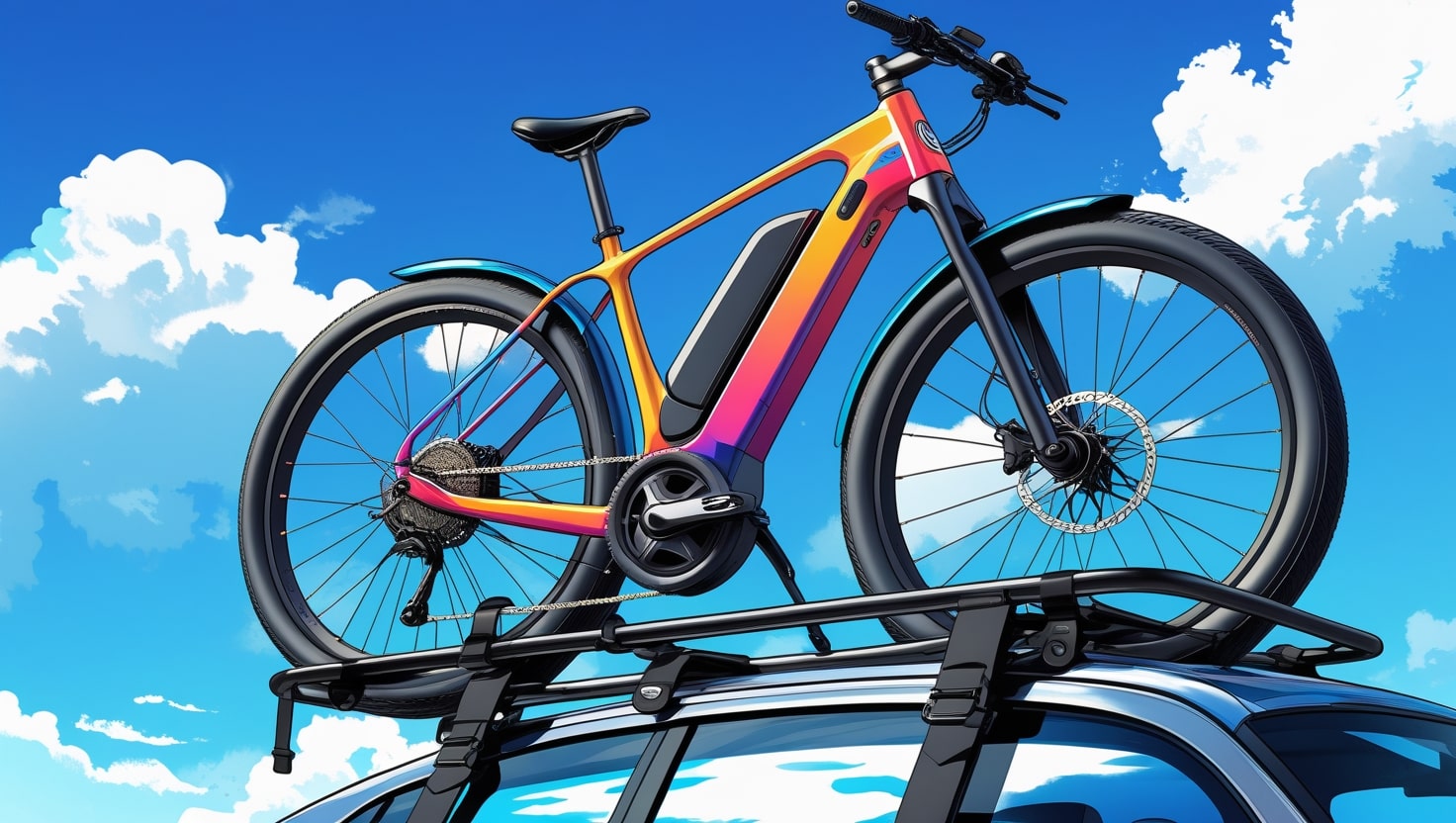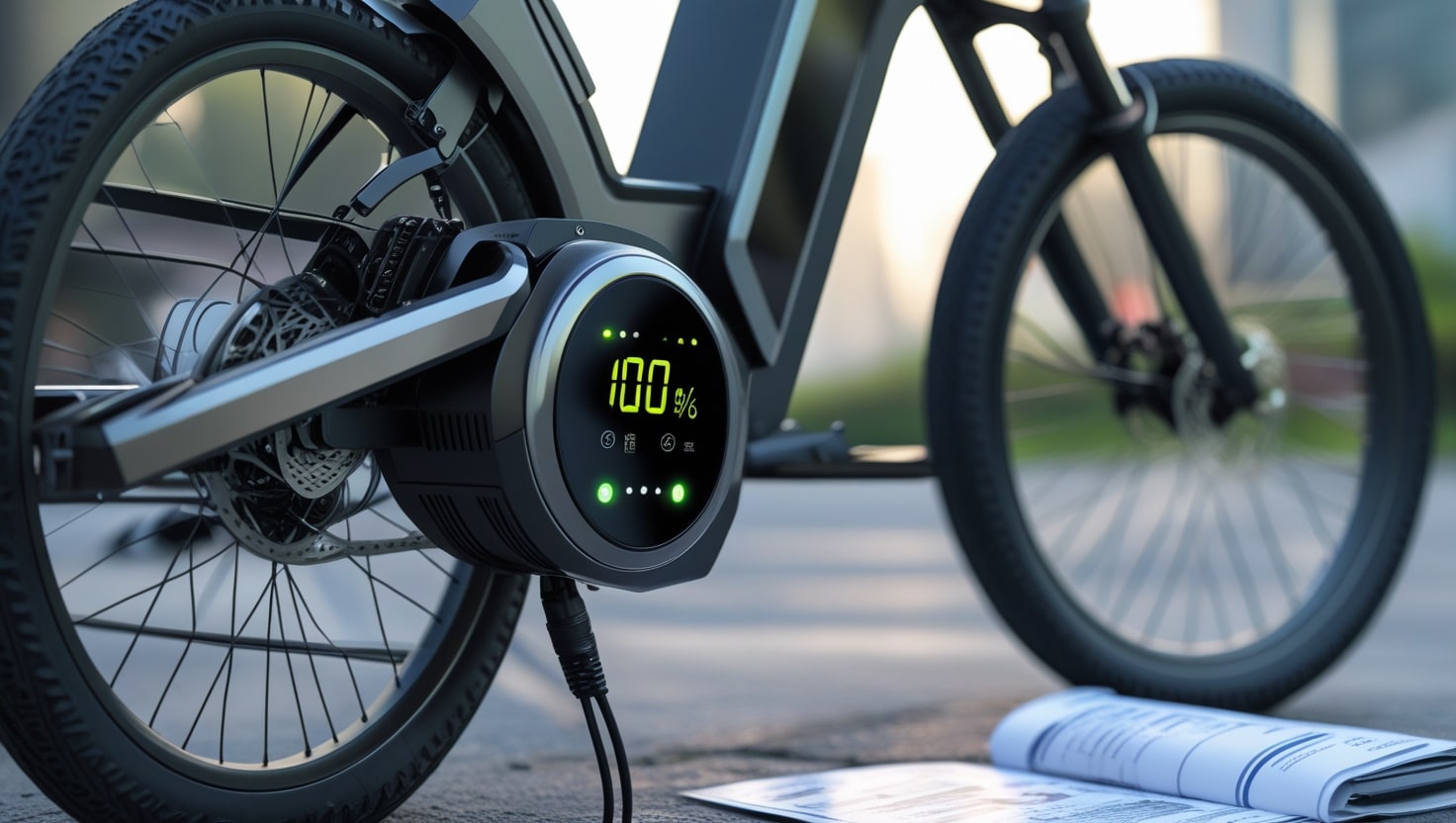Riding an electric bike in Idaho is an exciting way to explore the Gem State while staying eco-friendly. But before you hit the road, it’s essential to know the laws to ensure you ride within the legal boundaries. Unlike motorcycles, most e-bikes don’t require a license to drive, but they still need to meet street-legal requirements. The official text of Idaho ebike laws outlines different classes, and knowing these basics will help you stay within the speed limits while enjoying your journey.
Related: South Dakota Ebike Laws
How does Idaho define what an electric bike is?
In Idaho, the law defines ebikes as an electric-assisted bicycle powered by a motor that does not exceed 750w. These bikes are classified into three categories based on how they operate and their maximum speed.
- Class 1: Equipped with a pedal-assist-only system that stops providing power when the bike reaches 20 mph.
- Class 2: Has an electric motor that can propel the bike without pedaling but stops at 20 mph.
- Class 3: Designed for higher speeds, these bicycles provide assistance only when the rider is pedaling and stops at 28 mph.
Where Can You Ride?
Before taking your e-bike on an adventure, it’s important to check local rules to know where you’re allowed to ride.
- Bike Paths: Enjoy a smooth ride along the Boise Greenbelt or take in the views at the Snake River in Idaho Falls. However, some areas may have restrictions on access.
- Singletrack Trails: If you love dodging a cow patty, remember that land management agencies set the rules. National Park trails usually have the strictest laws, and some wilderness areas may be completely off-limits.
- State Parks and Trails: Classes 1 and Classes 2 e-bikes are welcome in Idaho State Parks, though there are a few exceptions.
Related: Nebraska eBike Laws
IDAHO eBIKE LAWS FOR TRAILS
Riding an eMTB in Idaho requires knowing the specific rules for different areas. Access to motorized trails depends on whether the land is local, state, or federal.
- LOCAL: Always consult the land management agency before riding on city or county trails. Some areas allow class 1 and class 2 e-bikes, while others may have restrictions.
- STATE: The Idaho Department of Parks and Recreation permits e-bikes on Idaho State Park Trails, including the Ashton-Tetonia Multi-Use Trail and the Coeur d’Alene Parkway, but class 3 bikes are prohibited.
- FEDERAL: On federal lands, eMTBs are classified as motorized vehicles, meaning they have access only to designated motorized trails. Contact the U.S. Forest Service—either the Intermountain Regional Office for southern Idaho or the Northern Regional Office for northern Idaho—or check with the BLM Idaho State Office for the latest information.
eMTB Guidelines: Know Before You Go
Before taking your electric mountain bike (eMTB) out on Idaho’s scenic trails, it’s important to know the rules, as access varies depending on whether you’re riding on federal, state, or local land.
- Open Trails: If a trail allows both motorized and non-motorized uses, your eMTB is good to go.
- Restricted Trails: Some areas meant only for non-motorized travel might not welcome e-bikes.
- Always Ask: If the rules seem unclear, contact local land managers for the latest lowdown.
Related: Wyoming Ebike Laws
GREAT eMTB RIDES IN IDAHO
- Big Casino-Little Casino Loop – A challenging route near Stanley, covering 20.1 miles of stunning terrain.
- Greenhorn Gulch – Located in Sun Valley, this 22.6-mile trail offers a mix of climbs and thrilling descents.
- Kennally Lakes Loop – A 22.2-mile scenic ride near McCall, perfect for riders who enjoy alpine views.
- Continental Divide to 3 Mile Ridge – A remote adventure near Salmon, stretching 17.5 miles through rugged landscapes.
- Independence Creek Tour – This 21-mile route near Pinehurst offers beautiful creekside riding.
- Grandmother Mountain Loop – A moderate ride in Clarkia, covering 18.1 miles of scenic backcountry.
- Peace Creek Summit – A smooth 15.2-mile ride near Cascade, perfect for a relaxing yet adventurous day out.
- Sheep Creek Road – A 16.25-mile trail near Salmon, offering a mix of challenging climbs and rewarding views.
Essential Equipment and Safety Measures
When riding e-bikes in Idaho, it’s important to follow traffic laws and safety guidelines. While they are generally treated like traditional bicycles, there are some additional rules riders must follow.
- Helmet Requirements: There is no state law requiring helmets, but wearing one is strongly recommended to protect against injuries.
- Lighting and Visibility: Riders must have a white front light and a red rear reflector when riding from half an hour after sunset to half an hour before sunrise to ensure visibility.
- Age Restrictions: Anyone under the age of 16 is prohibited from operating a Class 3 electric bicycle for safety reasons.
Navigating Registration, Licensing, and Insurance Protocols
One of the benefits of riding an e-bike in Idaho is that no registration, insurance, or special licensing is required, making the process much easier for riders. However, this does not mean that cyclists can ignore general traffic laws. Riders must still obey rules like stop signs and traffic lights to ensure safety and compliance on the road.
Related: Delaware eBike Laws
Local Ordinances
While state laws provide a general guideline, local jurisdictions in Idaho can impose their own restrictions and allowances for e-bikes. Here’s how different cities regulate them:
- Boise: Class 1 and Class 2 e-bikes are permitted on Greenbelt paths, but Class 3 bikes are excluded from this allowance.
- Coeur d’Alene: According to the latest update, the city treats all electric bicycles the same as traditional bicycles, allowing them to ride without additional restrictions.
Legal Consequences
Failing to follow electric bicycle laws in Idaho can lead to serious repercussions, including fines and potential legal issues. Violations are typically treated as misdemeanors, and penalties can be upwards of $100 or more, depending on the gravity of the offense.
Keeping It Legal and Fun
The approach to electric bikes in Idaho focuses on ensuring both safety and accessibility, making it easier for riders of all fitness levels and abilities to enjoy the trails. The state aims to encourage broader access while recognizing the evolving landscape of bike laws across the country. By striving for consistency and clarity, Idaho creates a balanced system that keeps e-biking both enjoyable and legal for everyone.
Related: New Mexico Ebike Laws
Additional notes:
It is not allowed to alter or tamper with an electric bike in a way that permits the motor to assist at a speed higher than that associated with its initially established class.
Wrap-Up: Stay Informed and Ride Safe
Having a good understanding of Idaho’s electric bike laws helps ensure a safe and enjoyable riding experience whether you’re on the road or a trail. With the right knowledge and preparation, you can explore the natural beauty and endless adventure the state has to offer. Always practice responsible riding, and don’t hesitate to reach out to locals if you’re ever in doubt about the rules.
Related: Ohio Ebike Laws
FAQs
Can e-bikes be ridden on Idaho sidewalks?
Although e-bikes are not explicitly restricted on sidewalks by state law, local laws may vary. Verify local regulations before riding.
Do you need a license, insurance or registration in Idaho?
There are no licensing or registration laws for e-bikes in the state of Idaho.
What are the restrictions on Motor power or throttle in Idaho?
According to the state of Idaho, e-bikes needs to have motors that are less than 750w.
Are there any age restrictions to riding an electric bike in Idaho?
While they are permitted to ride as passengers, everyone under the age of 15 are not permitted to operate a class 3 e-bike.
What are the rules for riding on the road in Idaho?
Except when turning left, e-bikes are permitted on all roads as far right as is practical. On bike routes and trails, e-bikes are permitted.
What are the laws around helmets in Idaho?
Bike riders under the age of 18 must wear helmets.

